Modify Net worth Balance Sheet Templates and comply with local regulations. Easily modify, fill out, sign, and share your balance sheets with other contributors.

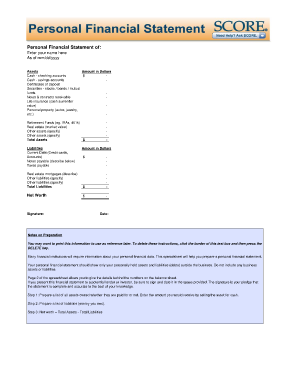
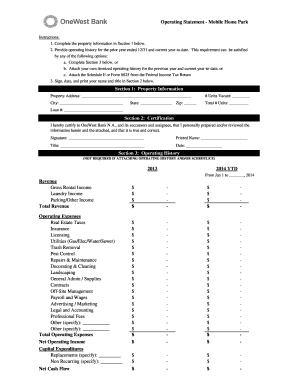
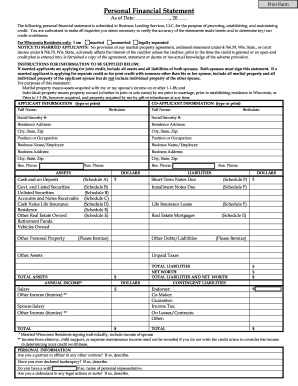

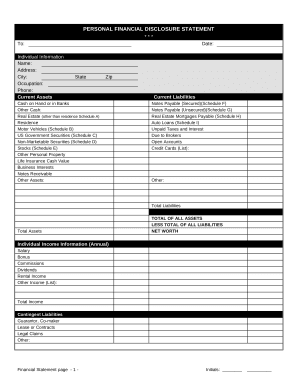
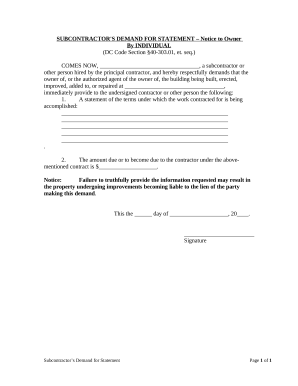
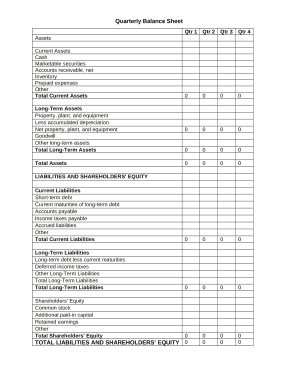

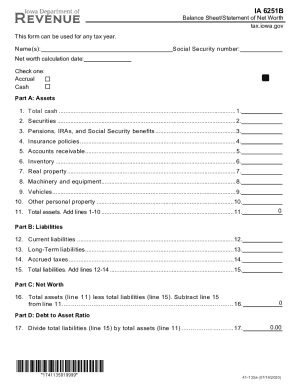
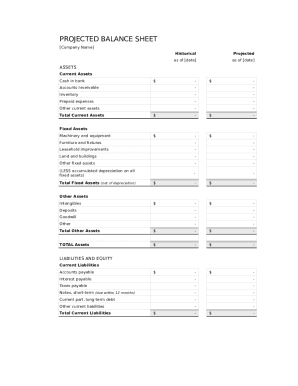
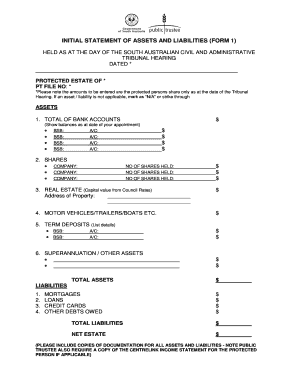

Document management can overwhelm you when you can’t find all the documents you require. Fortunately, with DocHub's substantial form library, you can get everything you need and swiftly deal with it without changing between software. Get our Net worth Balance Sheet Templates and start working with them.
How to use our Net worth Balance Sheet Templates using these simple steps:
Try out DocHub and browse our Net worth Balance Sheet Templates category with ease. Get your free account today!